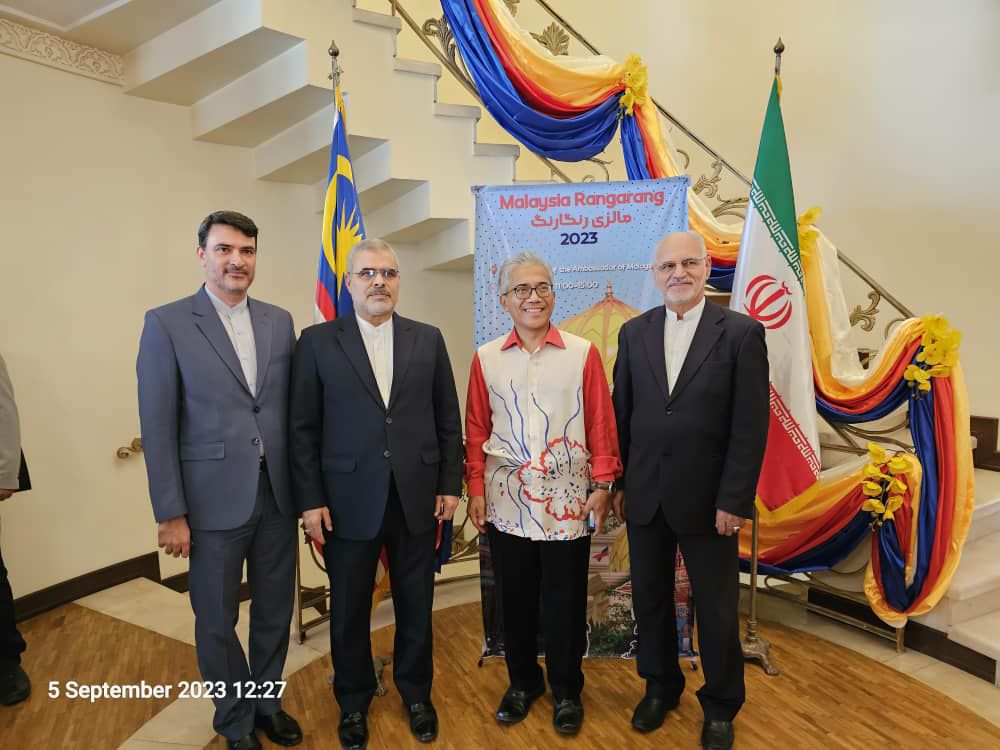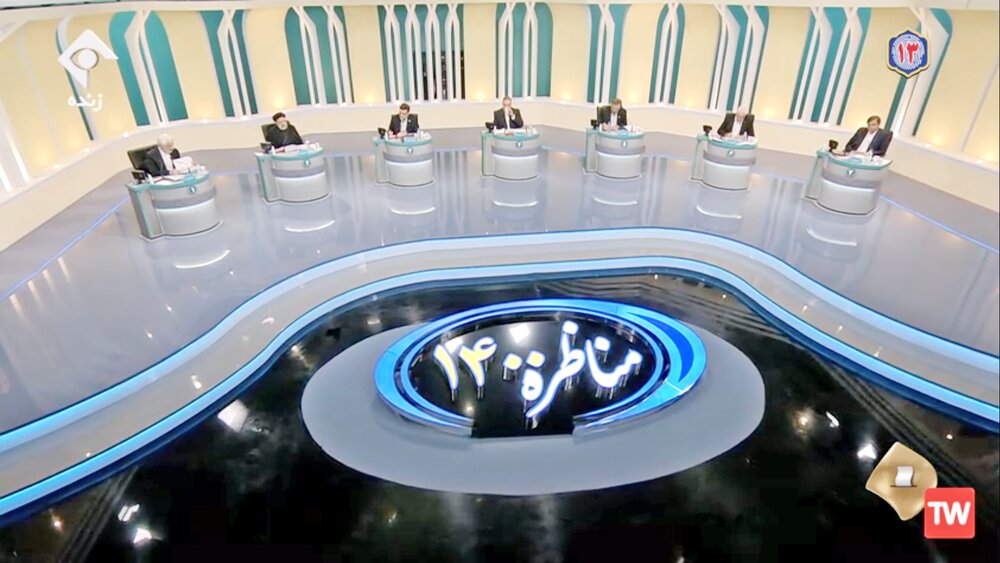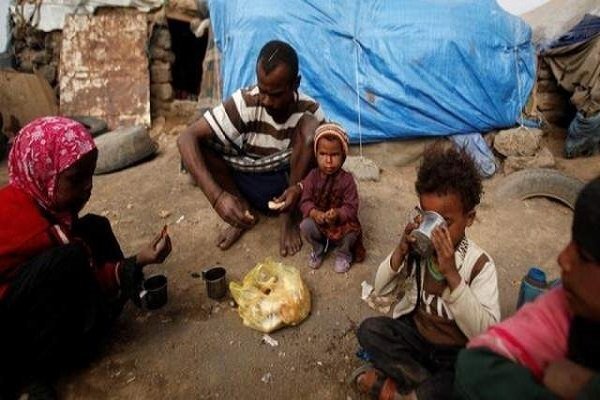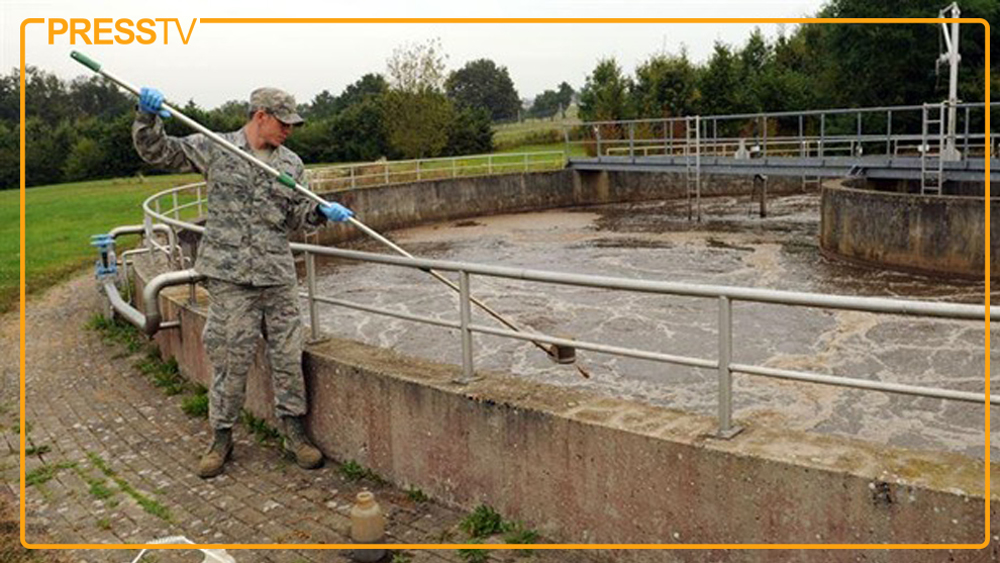Iran’s Petrochemical Sector Needs $24b Investment to Meet 7th Plan Targets
TEHRAN (Iran News) Afshin Gholamali-Pour, in an interview with IRNA, outlined Iran’s petrochemical roadmap, describing technical know-how as the key to maintaining a competitive edge in global markets. He noted that the current industry reflects both decades of achievements and the accumulation of longstanding challenges.
He said that in 2024 (Iranian year 1403), the sector’s nominal capacity reached 96.6 million tons annually, with 76 complexes operating in fields ranging from methanol to polymers and aromatic products. Actual production reached about 66 million tons, with $11 billion worth sold domestically and nearly $13 billion exported.
Feedstock and fuel for the industry are primarily supplied by oil refineries, gas plants, NGLs, and gas fields — equivalent to 1.2 million barrels of crude oil per day. Despite its vast infrastructure, the sector faces feedstock shortages, investment hurdles, and the urgent need for technology upgrades.
Under the 7th Plan, total capacity should rise from 96.6 million tons to 131.5 million tons, with the propylene chain growing 344% — from 1.03 to 4.6 million tons. The methanol downstream chain is projected to grow 391% (from 2.4 to 11.6 million tons), while the ethylene downstream chain (excluding polyethylene) will expand 287% (from 0.18 to 0.7 million tons). Polyethylene capacity will rise from 5.15 to 8.6 million tons, and aromatics from 2.28 to 3 million tons, marking a shift from raw material exports to value-added products.
Sixty-six projects form the backbone of this expansion, including downstream ethylene and propylene facilities, GTO and MTO units, methanol and its derivatives, urea and ammonia plants, aromatic production, and infrastructure and utility projects.
Stable feedstock supply is described as the industry’s “lifeline,” with any disruption quickly affecting the entire production and export chain. In 2023 (Iranian year 1402), feedstock gas shortages reached around 42% of nominal capacity due to declining gas field pressure, seasonal limitations, competition from other energy consumers, and weaknesses in transmission infrastructure.
Proposed solutions include upstream field development with investment from petrochemical holding companies, flare gas recovery, using alternative feedstocks like coal, SNG, and naphtha, improving energy efficiency, and allocating saved gas to petrochemical plants.
Several upstream development projects are already underway, such as Bakhtar Petrochemical Group and Petrofarhang Company’s participation in the Gordian and Pazanan gas fields. These projects are at various stages, from data exchange to final contract signing.
Financing options under consideration include long-term loans from foreign banks and institutions (especially China), forming public joint-stock companies, creating private investment funds, issuing Sukuk and hybrid securities in the capital market, using National Development Fund facilities, establishing banking consortia for mega-projects, and short-term foreign currency loans for strategic initiatives. “Petrochemical Sector”
Gholamali-Pour identified technical expertise as the heart of competitiveness, highlighting the role of the Petrochemical Research and Technology Company in localizing licenses, partnering with foreign firms for R&D, and negotiating with technology-transfer-ready companies. Equipment procurement remains hindered by customs issues, currency allocation delays, non-release of priority goods, and unreliable domestic suppliers.
On regulatory and management challenges, he cited complex approvals, environmental restrictions, conflicts with local stakeholders, weak contractor teams, and the need to revise currency adjustment rates. He called for amending government resolutions, revising laws, improving EPC contractor qualifications, and strengthening the National Petrochemical Company’s regulatory role in policymaking, monitoring, and arbitration.
- source : irna






























